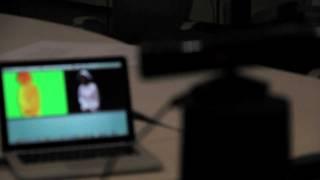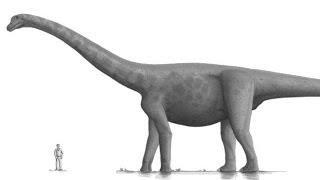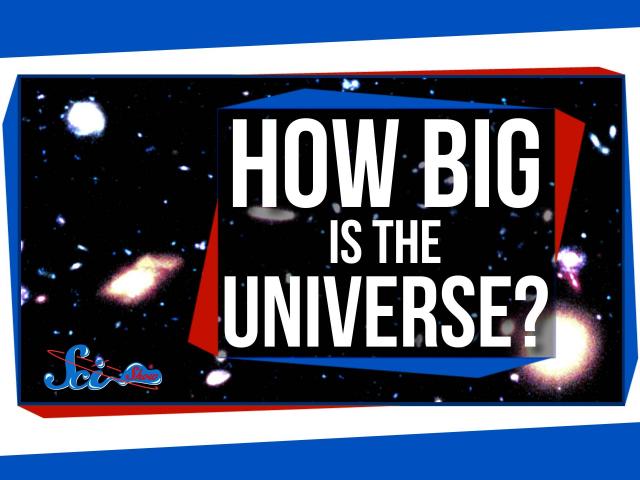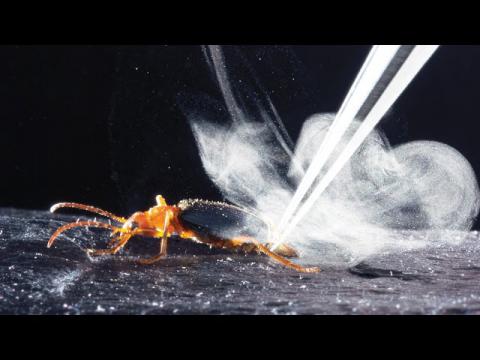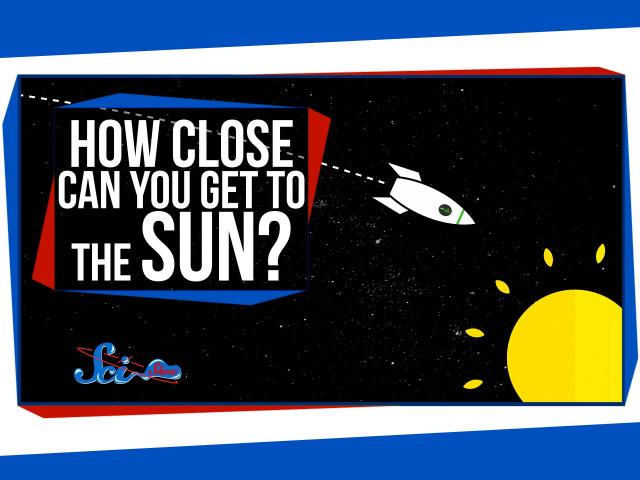Time Travel, Teleportation & Science
Time travel is the concept of moving between different points in time in a manner analogous to moving between different points in space, generally using a theoretical invention, namely a time machine. It has a commonly recognized place in philosophy and fiction, but has a very limited application in real world physics, such as in quantum mechanics or wormholes.
Although the 1895 novel The Time Machine by H. G. Wells was instrumental in moving the concept of time travel to the forefront of the public imagination, The Clock That Went Backward by Edward Page Mitchell was published in 1881 and involves a clock that allowed three men to travel backwards in time.[1][2] Non-technological forms of time travel had appeared in a number of earlier stories such as Charles Dickens' A Christmas Carol. Historically, the concept dates back to the early mythologies of Hinduism (such as the Mahabharata), Buddhism, and Islam through ancient folk tales. More recently, with advancing technology and a greater scientific understanding of the universe, the plausibility of time travel has been explored in greater detail by science fiction writers, philosophers, and physicists.
Teleportation, or Teletransportation, is the theoretical transfer of matter or energy from one point to another without traversing the physical space between them. It has a commonly recognized place in science fiction literature, film, and television, but as yet has a very limited application in real world physics, such as quantum teleportation or the study of wormholes.
Science (from Latin scientia, meaning "knowledge") is a systematic enterprise that builds and organizes knowledge in the form of testable explanations and predictions about the universe. In an older and closely related meaning, "science" also refers to a body of knowledge itself, of the type that can be rationally explained and reliably applied. A practitioner of science is known as a scientist.
In modern usage, "science" most often refers to a way of pursuing knowledge, not only the knowledge itself. It is also often restricted to those branches of study that seek to explain the phenomena of the material universe.
Source : Wikipedia
-
05:34
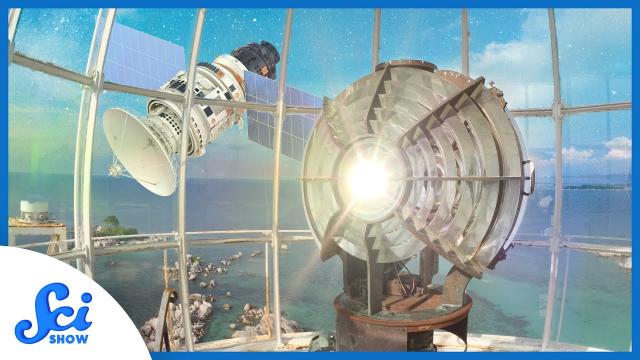
How 19th Century Lighthouses Power Advanced Space Drives
Added 234 Views / 0 LikesThe technology we use for space exploration gets more advanced all the time, but some of our most ambitious programs actually rely on optics invented in the 19th century for lighthouses.Hosted By: Hank GreenSciShow is on TikTok! Check us out at https://ww
-
06:31
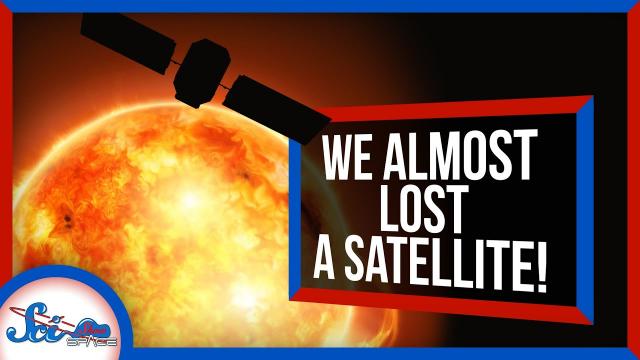
How a Doomed Spacecraft Lived to Tell the Tale of the Sun
Added 243 Views / 0 LikesWhat would you do if you were in charge of a billion-dollar satellite that was spinning out of control? In 1998, NASA and ESA engineers had to solve this exact problem. How did they avert this disaster?SOHO is our Pin of the Month! Get it before December
-
04:38
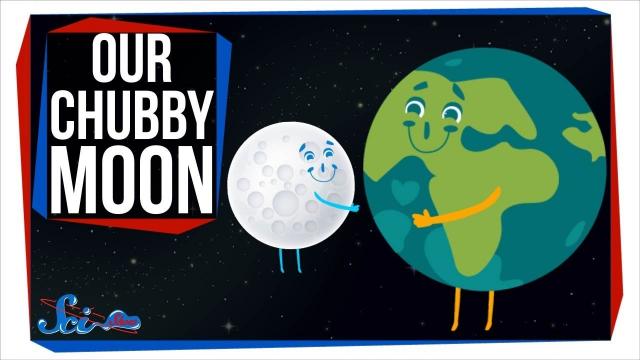
How a Frozen Earth Gave the Moon Its Shape
Added 623 Views / 0 LikesHow a Frozen Earth Gave the Moon Its Shape
-
02:09
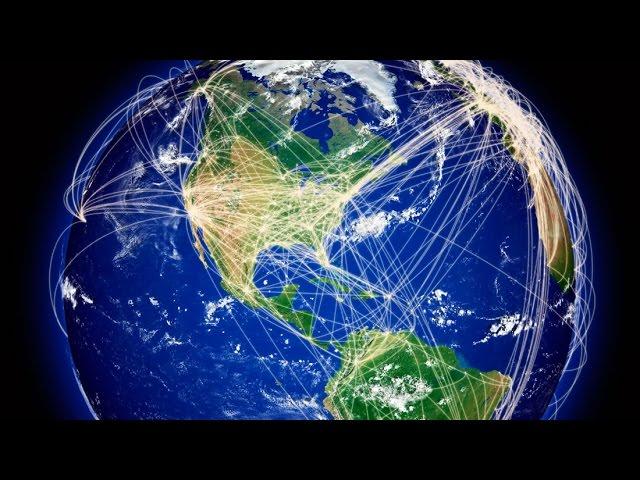
How air transportation connects the world
Added 560 Views / 0 LikesHow air transportation connects the world
-
04:58
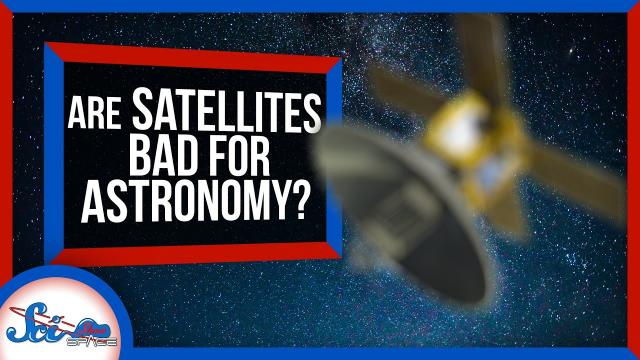
How Bad Are Satellite Constellations for Astronomy? | SciShow News
Added 432 Views / 0 LikesImagine being excited to use one of the world's most advanced telescopes, only to see bright streaks of light on every picture! This is a problem facing some astronomers as satellites fill up the night sky.SciShow has a spinoff podcast! It's called SciSho
-
06:24
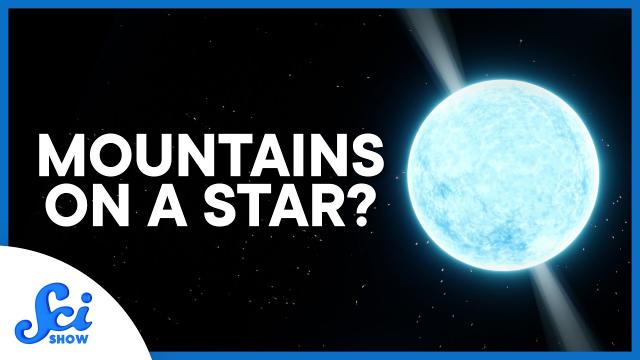
How Big Are the Mountains on a Neutron Star?
Added 308 Views / 0 LikesStart building your ideal daily routine with Fabulous. The first 100 people who click on the link will get a FREE week trial and 25% OFF Fabulous Premium: https://thefab.co/scishowspace2The extreme mass of neutron stars leads to enormous gravitational pul
-
07:05
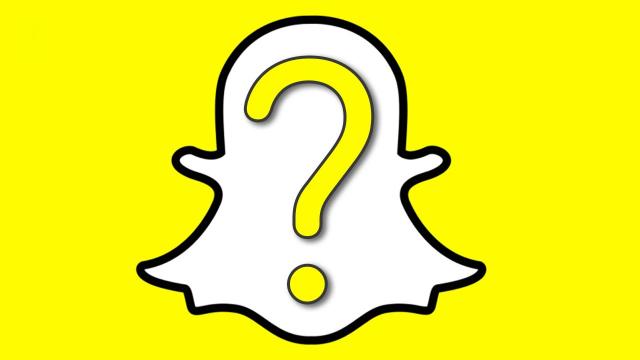
How Big is Snapchat? -- DONG
Added 677 Views / 0 LikesWatch my Popular Science series: http://pops.ci/cpLU6t Stare deeply into my eyes: https://youtu.be/riRjMlsdhGo***Click "SHOW MORE" for the DONGS***twitter: http://twitter.com/vsaucethreefacebook: http://facebook.com/vsauce3Bury Me With My Moneyhttp://bury
-
05:30
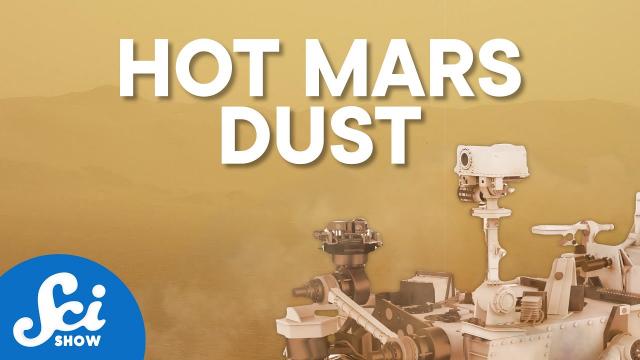
How Blocking the Sun Makes Mars Hotter
Added 175 Views / 0 LikesPre-order your MOM pin all this month here: https://dftba.com/scishowIf we’re going to send people to Mars someday, we’re going to need to be very conscious of the challenges presented in this endeavor. And at the top of that list is the ferocious nature
-
31:16
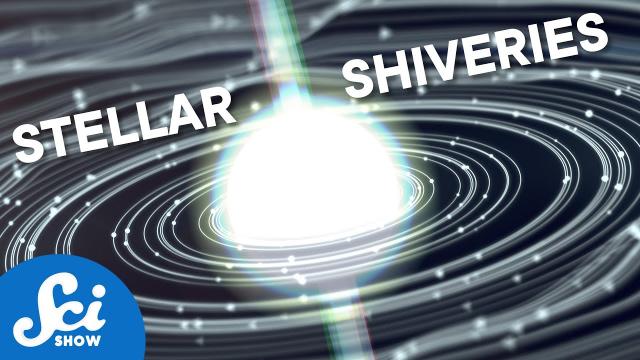
How Can Stars Quake Without Tectonic Plates? (And Other Seismic Mysteries) | Compilation
Added 166 Views / 0 LikesAstronomers have seen quakes or volcanos on many celestial bodies that don't have tectonic plates like Earth does. So let's take a look around the solar system and see how various seismic features happen.Hosted by: Hank Green (he/him)----------Huge thanks
-
04:51
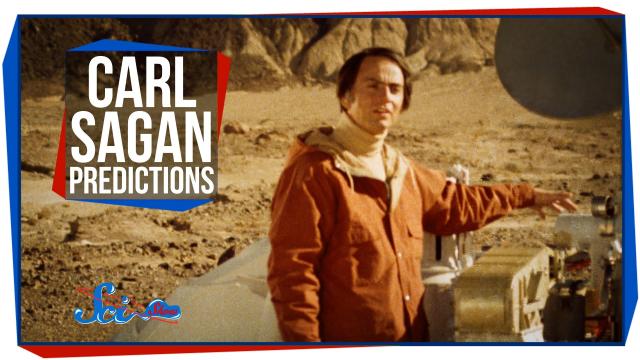
How Carl Sagan Predicted Nuclear Winter
Added 766 Views / 0 LikesHow Carl Sagan Predicted Nuclear Winter
-
05:32
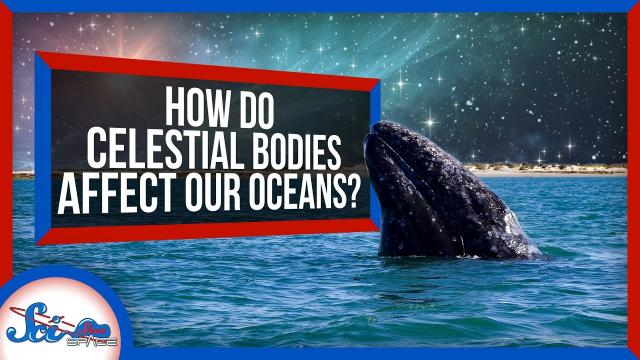
How Celestial Bodies Affect Life in the Ocean
Added 460 Views / 0 LikesLife on Earth has always been shaped by other bodies in space, and life in our oceans is especially susceptible to interactions that have huge effects on life as we know it!Hosted by: Reid ReimersSciShow has a spinoff podcast! It's called SciShow Tangents
-
05:05
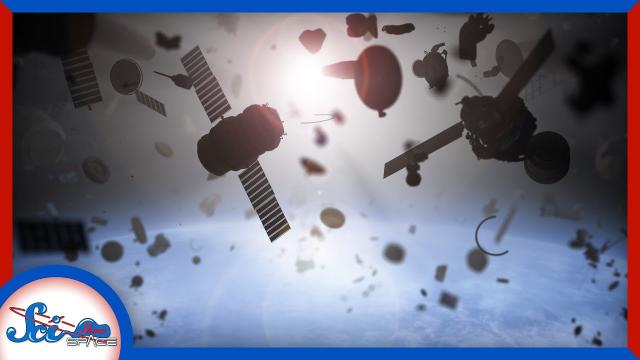
How Climate Change Is Creating More Space Junk
Added 497 Views / 0 LikesYou’ve probably heard a lot about how climate change is affecting our planet, but did you know a warming climate also affects objects in space?SciShow has a spinoff podcast! It's called SciShow Tangents. Check it out at http://www.scishowtangents.org-----
-
05:31
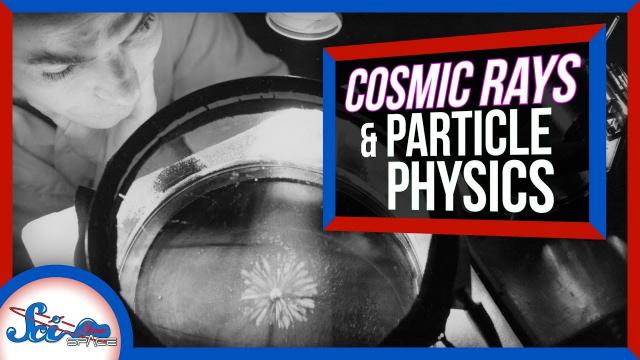
How Cosmic Rays and Balloons Started Particle Physics
Added 433 Views / 0 LikesToday, cosmic rays are used to understand things like supernovas, but in the early 1900s, they helped us discover brand-new subatomic particles long before the first accelerators.SciShow has a spinoff podcast! It's called SciShow Tangents. Check it out at
-
04:55
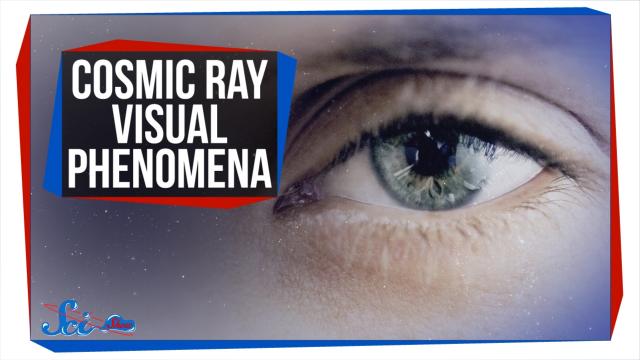
How Cosmic Rays Make Astronauts See Stars
Added 973 Views / 0 LikesHow Cosmic Rays Make Astronauts See Stars

